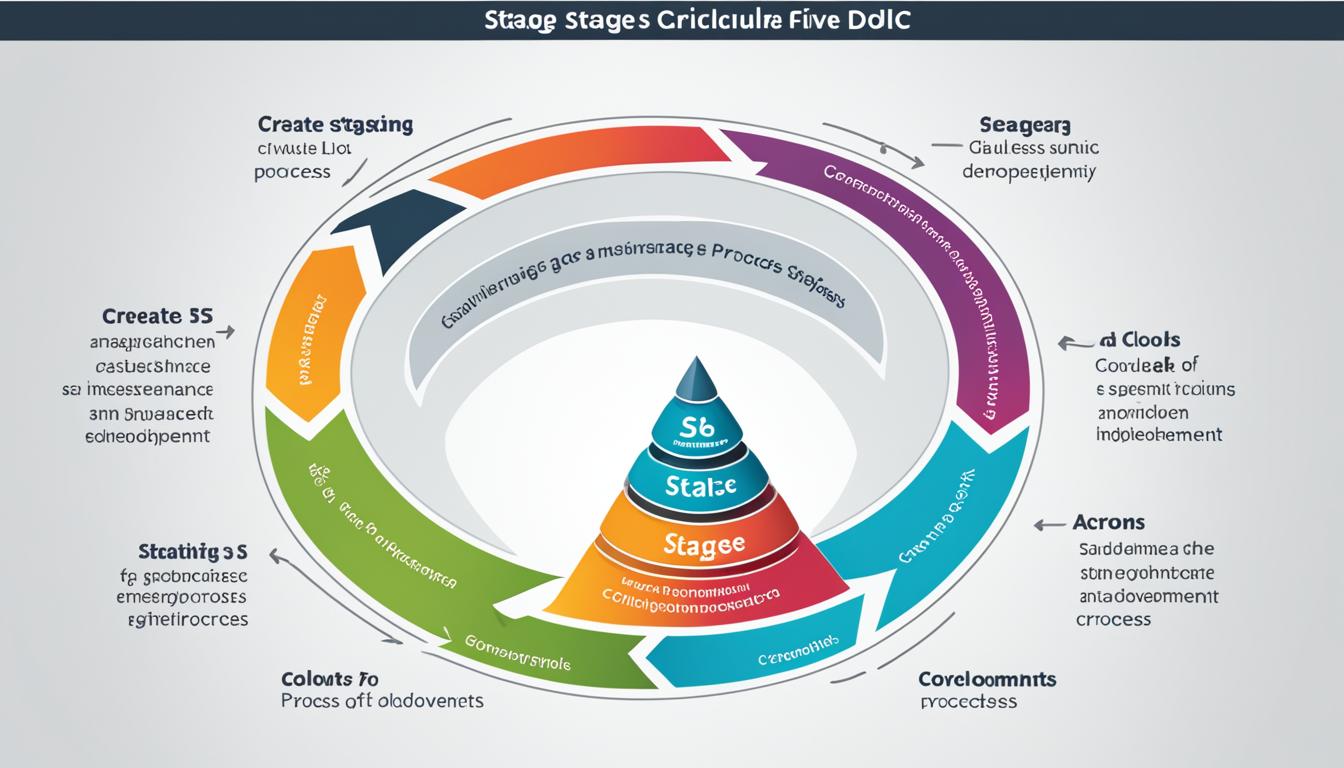To prove QA education pays off, measure ROI by tracking improvements in key metrics like defect rates, customer complaints, and turnaround times. Use pre- and post-training assessments to gauge skill gains and link these to better product quality. Collect feedback from your team to understand emotional support’s role in motivation. Conduct cost-benefit analyses to compare training costs with tangible benefits, helping you see the real value of your investment. Continue exploring to uncover how these strategies can maximize your training impact.
Key Takeaways
- Use pre- and post-training assessments to quantify skill improvements and performance gains.
- Track QA-specific KPIs such as defect rates, cycle times, and customer complaints to measure training impact.
- Conduct cost-benefit analyses comparing training expenses with reductions in errors and increased efficiency.
- Gather feedback to assess perceived value and emotional support’s role in enhancing training outcomes.
- Align training metrics with organizational goals to demonstrate how QA education improves overall product quality and team performance.

Measuring the return on investment (ROI) for training programs is vital to understanding their true impact on your organization. When it comes to quality assurance (QA) education, demonstrating value isn’t just about completing courses or attending workshops; it’s about showing tangible benefits that positively influence your bottom line. To do this effectively, you need solid assessment strategies that accurately gauge how training translates into improved performance, reduced errors, and increased efficiency. These strategies might include pre- and post-training tests, performance metrics, and feedback surveys. By systematically collecting this data, you can identify whether your QA team’s skills have improved and how that improvement affects overall product quality.
Additionally, fostering an environment that encourages emotional support can enhance team morale and receptivity to learning, ultimately boosting training effectiveness. A key component in proving ROI is conducting a thorough cost-benefit analysis. This involves comparing the costs associated with implementing the training—such as development expenses, instructor fees, and time away from work—against the measurable benefits gained. Benefits might include fewer defects, faster turnaround times, or decreased customer complaints. When you quantify these benefits, it becomes easier to justify the investment and make informed decisions about future training initiatives. Cost benefit analysis also helps you identify areas where training might be underperforming, so you can refine your approach and maximize outcomes.
Another essential aspect is aligning your assessment strategies with your organization’s goals. For QA education, this means not only tracking technical skills but also evaluating how training impacts overall workflows and team collaboration. For example, improved communication during the QA process can lead to quicker issue resolution, which directly affects project timelines and client satisfaction. Incorporating key performance indicators (KPIs) related to quality metrics, cycle times, and defect rates provides a thorough picture of training effectiveness. When you gather this data consistently, you’re better equipped to demonstrate how investing in QA education yields a positive return.
Frequently Asked Questions
How Can Soft Skills Training Be Accurately Measured in ROI?
You can measure soft skills training ROI by evaluating improvements in emotional intelligence and related behaviors. Track key indicators like enhanced communication, teamwork, and customer satisfaction scores before and after training. Use surveys, 360-degree feedback, and performance metrics to gather data. Comparing these results helps you quantify how soft skills development impacts overall productivity and morale, giving you clear evidence of ROI and justifying ongoing investment in emotional intelligence and related soft skills training.
What Tools Are Best for Tracking Long-Term Training Impacts?
Imagine walking into a room where your training efforts are reflected in every conversation. To track long-term impacts, use tools like training analytics platforms and evaluation metrics that monitor progress over time. These tools help you see patterns, measure soft skills improvements, and connect training to performance. By consistently analyzing data, you gain clear insights into your training’s effectiveness, ensuring your investment delivers lasting value.
How to Attribute Improvements Directly to QA Education?
You can attribute improvements to QA education by analyzing training metrics and learning analytics. Track specific performance indicators before and after training, such as defect rates or response times. Use control groups to compare those who received training with those who didn’t. Consistently monitor progress through data, ensuring you identify clear links between QA education and performance enhancements. This approach helps you demonstrate that your training investments truly drive measurable results.
Can ROI Calculations Reflect Team Collaboration Enhancements?
You can definitely incorporate team synergy and communication effectiveness into ROI calculations. When your team collaborates better and communicates more clearly, it reduces errors and increases productivity, which boosts ROI. Track improvements in project delivery times, defect rates, and team feedback. By quantifying these enhancements, you demonstrate how elevated collaboration directly impacts your training investment’s value, making your ROI calculations more all-encompassing and reflective of team synergy.
What Challenges Exist in Quantifying Training ROI Across Departments?
Did you know that only 12% of organizations effectively measure training ROI? When quantifying training ROI across departments, you face challenges like inconsistent training metrics and varied evaluation methods. You need standardized metrics and clear evaluation methods to accurately track improvements. Without these, it’s tough to prove training’s value, making it difficult to justify investments and optimize future programs. Addressing these issues helps demonstrate real departmental benefits.
Conclusion
Now, picture your team confidently maneuvering a complex maze, each training session lighting the path ahead. When you measure training ROI, you’re shining a spotlight on those well-lit corridors, proving that QA education isn’t just an expense but a powerful investment. With clear proof of success, you can confidently steer your team toward continuous improvement, turning every challenge into a stepping stone. Ultimately, your commitment to training transforms a formidable maze into a well-mapped journey of growth.









